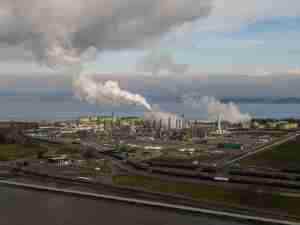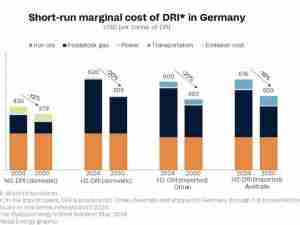Anyone who didn’t foresee today’s price decline must have clearly not be following the market. Last week some of the world’s oil taps were shut, but it was expected that it would be a matter of time till oil flows to production again.
Some US production that was shut due to hurricane-related outages has returned and an oil worker strike in Norway that was also keeping hundreds of thousands of barrels offline has now ended.
Add to that Libyan production that has rebounded and you have a perfect cocktail of supply strings being pulled, in a market where demand has stalled.
Prices that are built on such short-lived market event are fragile and always lose their gains once the supply disruptions are out of the way.
What really keeps price levels where they are now is the globally low demand and how much extra oil is stored in storages, waiting to be cleared once this crisis is over.
Until we have major developments on these fronts prices are expected around the 40-dollar mark. Unless of course we see another historical supply intervention by OPEC+, which on it own has saved the market from a price collapse this year.
In other news, winter is coming. And so are additional coronavirus restrictions. While the rise in infections is global, Europe is fully back into high-volume rises again. The UK, Italy and Czech Republic are among countries in Europe considering tightening restrictions very soon, as Covid-cases are spiraling.
With new restrictions we may also see associated negative oil demand forecast revisions from market observers.
Meanwhile, the market is also in anticipation of the next OPEC+ meetings, with the main question being, ‘what will Saudi Arabia do?’.
The global supply comeback this week, at a time when Covid-19 restrictions are returning, is clearly causing a headache to Saudi Arabian oil policy makers as they prepare for this week’s Joint Technical Meeting on Thursday, and the full JMMC meeting on Monday 19 October.
Balances are weakening, the risk of a second lockdown period is increasing, and supply from OPEC+ is rising. It surely is not likely to be another uneventful meeting. It won’t be a huge surprise if finally the alliance decides to address the worsening situation and amend its action.
These meetings could once again be dragged into the night if members are called to step in again and take on the expensive task of rebalancing the market.








_-_28de80_-_58820516bd428ab3fd376933932d068c43db9a4a_lqip.jpg)



